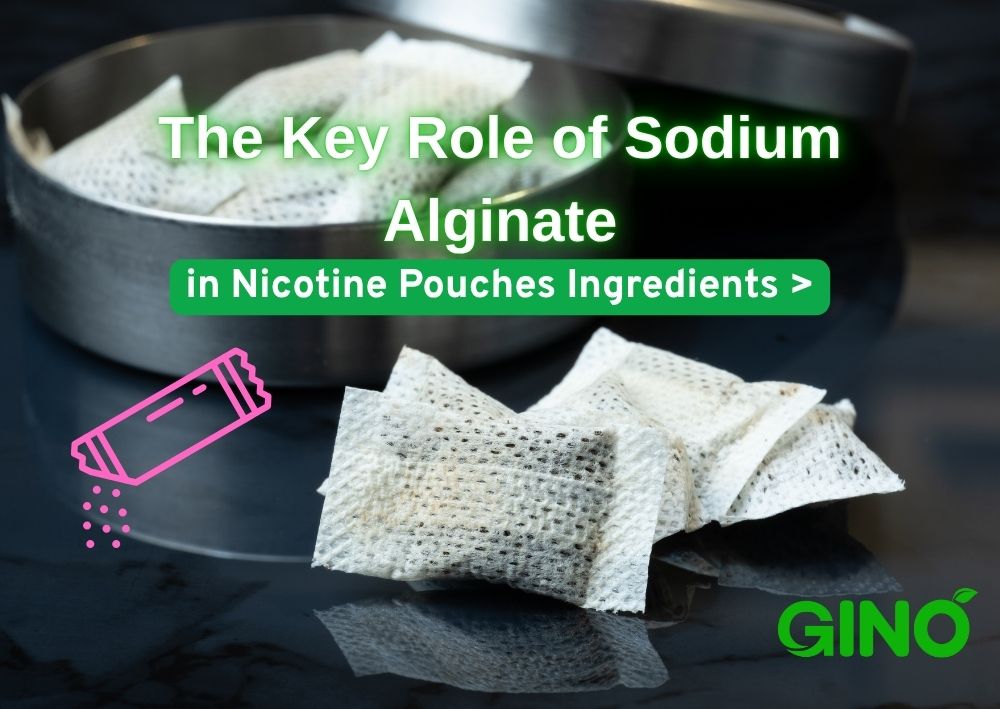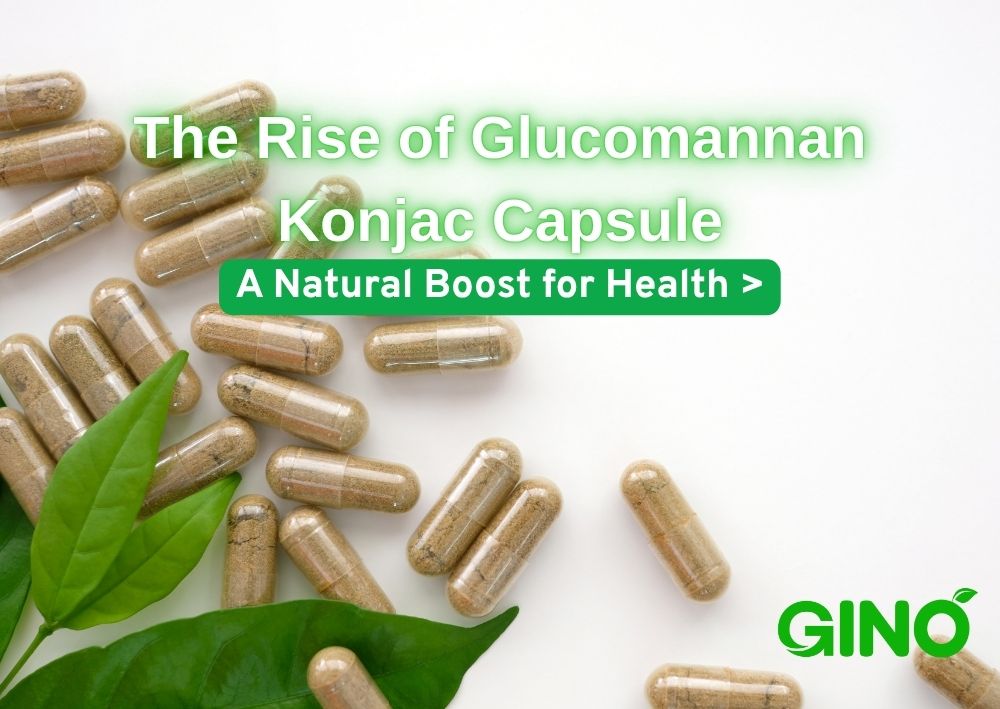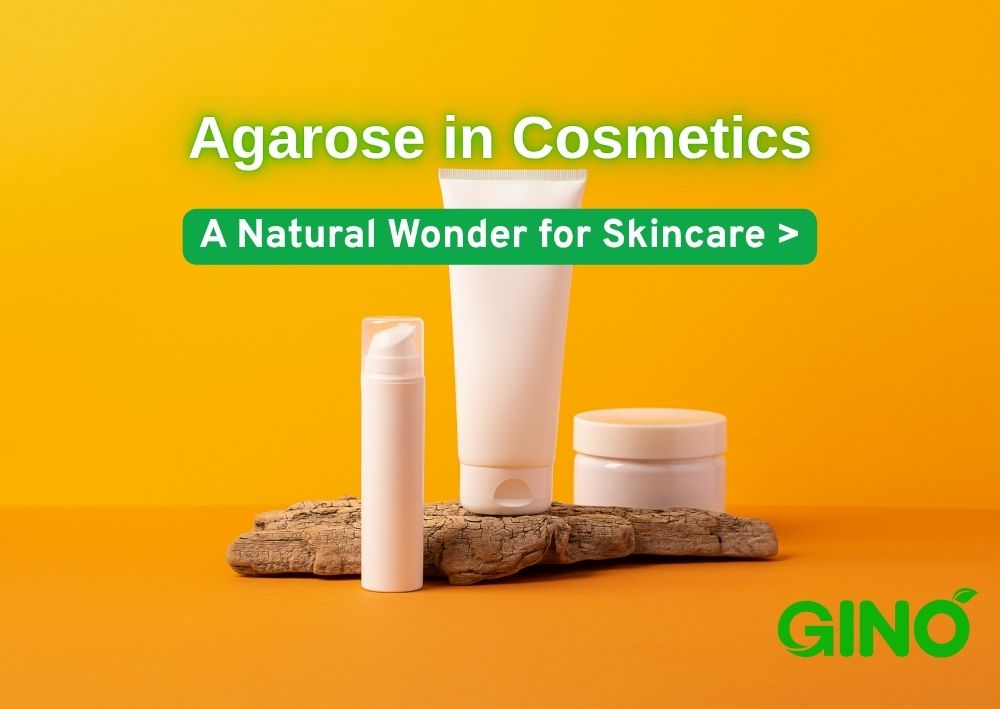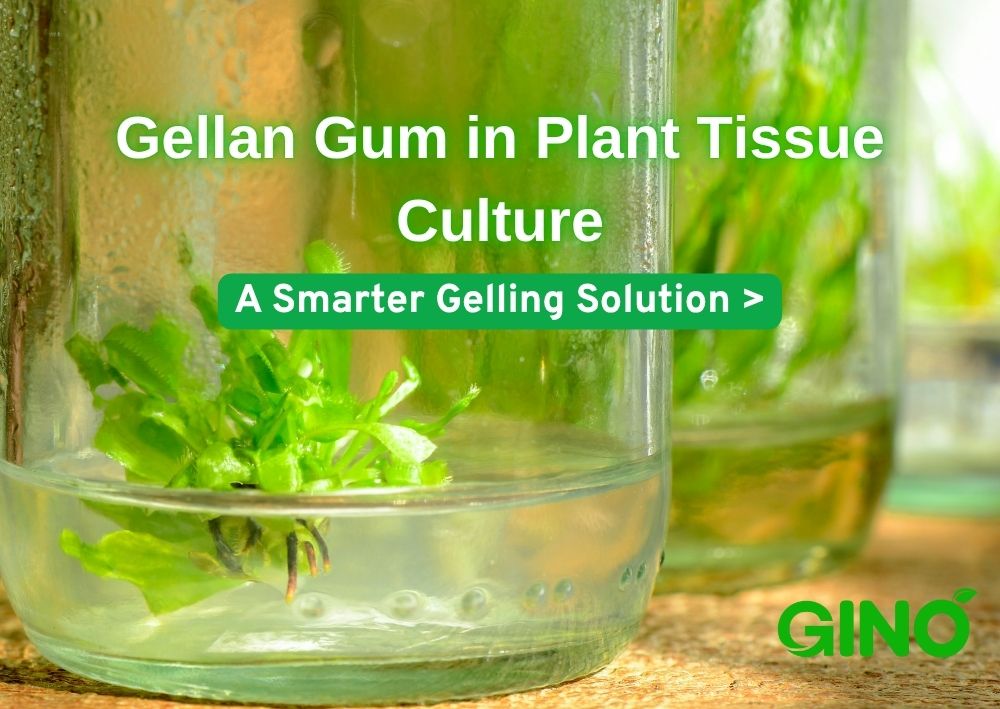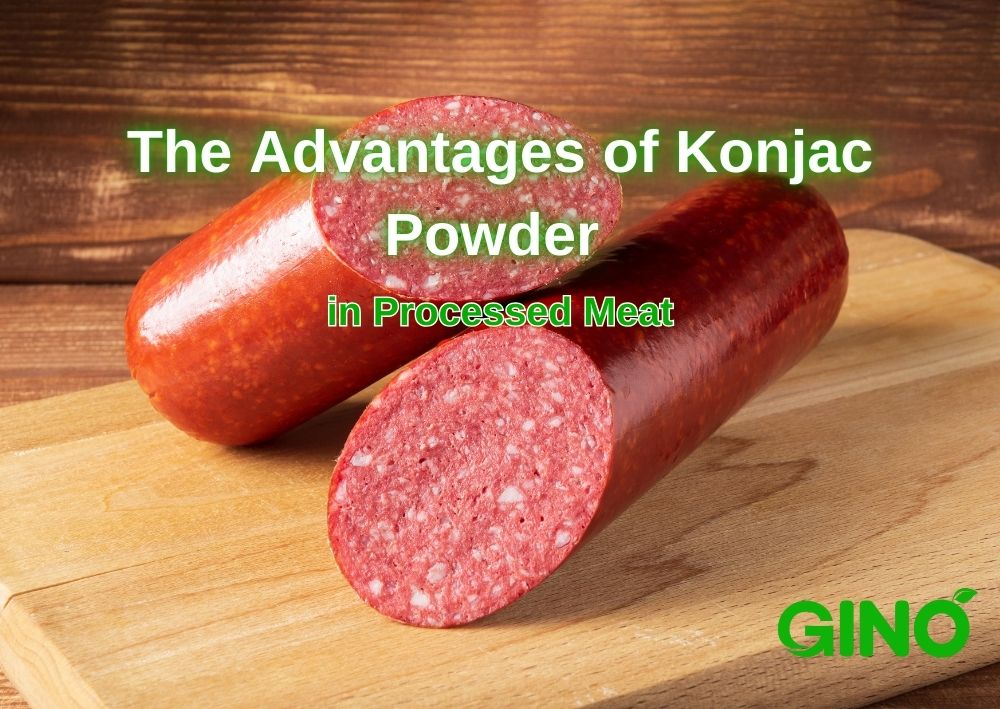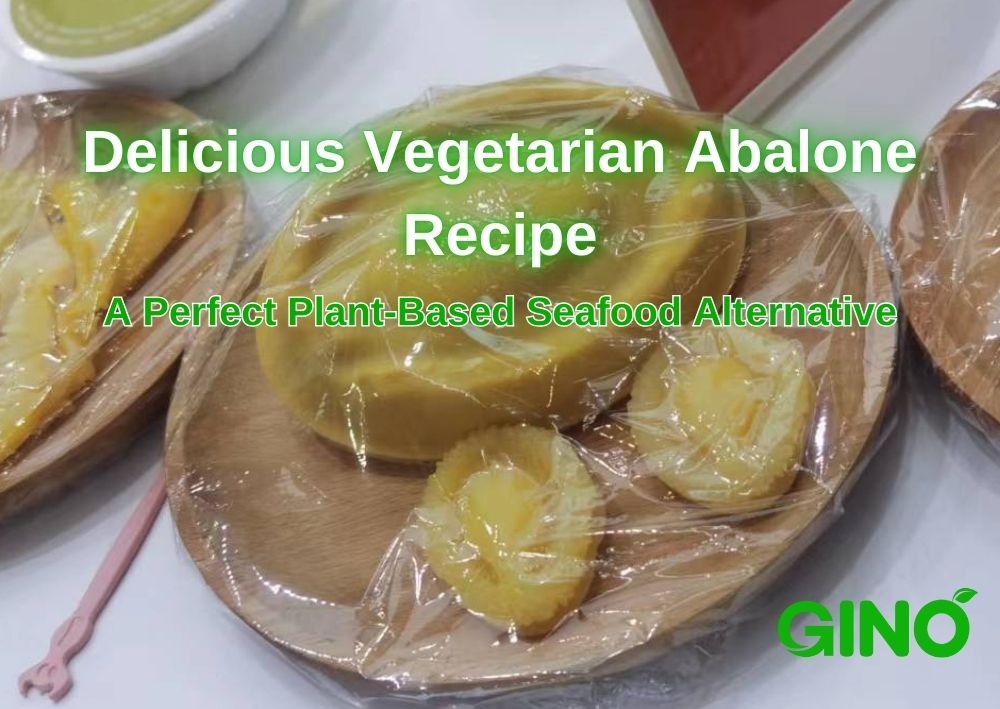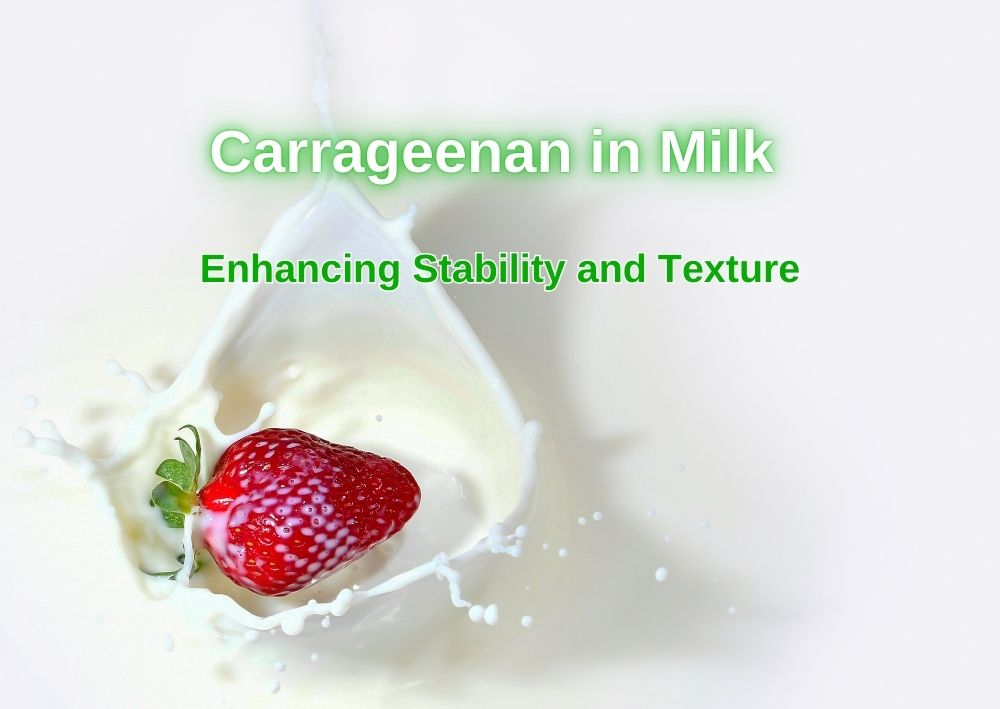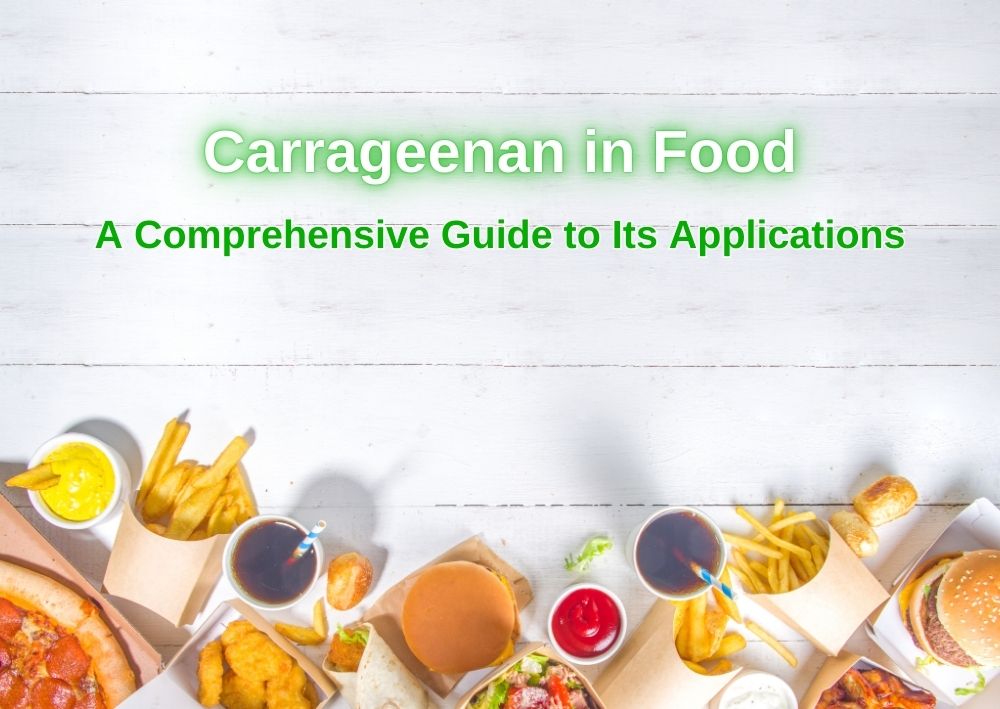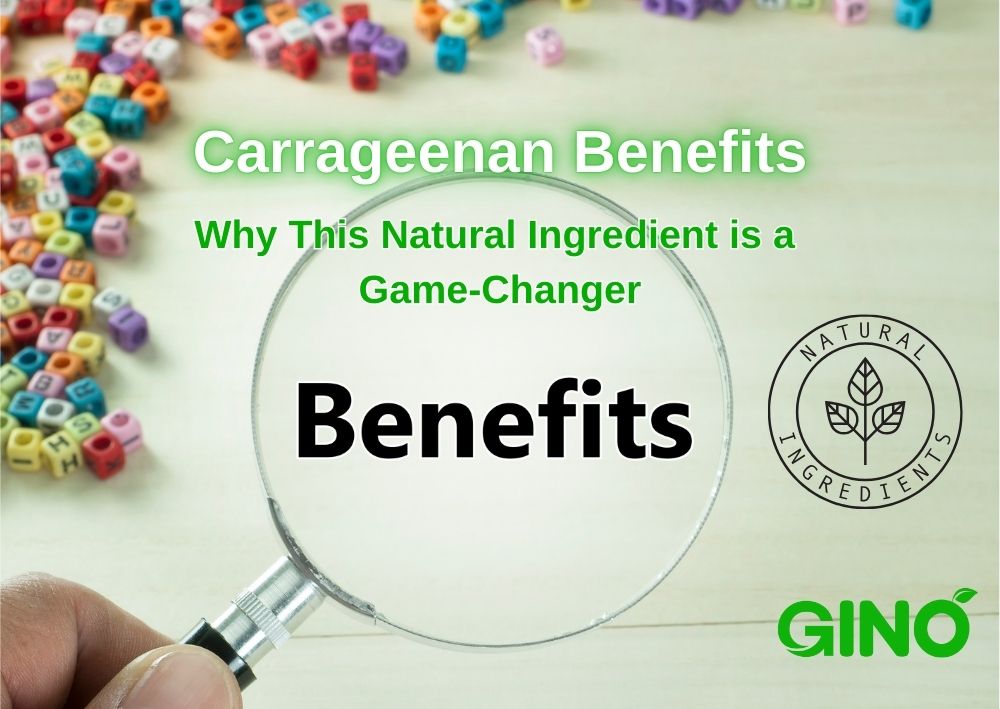
Properties of Low Temperature Instant Agar
Low-temperature instant agar (also called Quick Soluble Agar) is a natural marine polysaccharide which is extracted and refined by a special process using natural seabed plants (seaweed and sedgefish) as raw materials.
It not only has the health-care function of supplementing dietary fiber, but also has excellent low-temperature instant solubility, good thickening, gelling, suspension, improving taste and other unique properties.
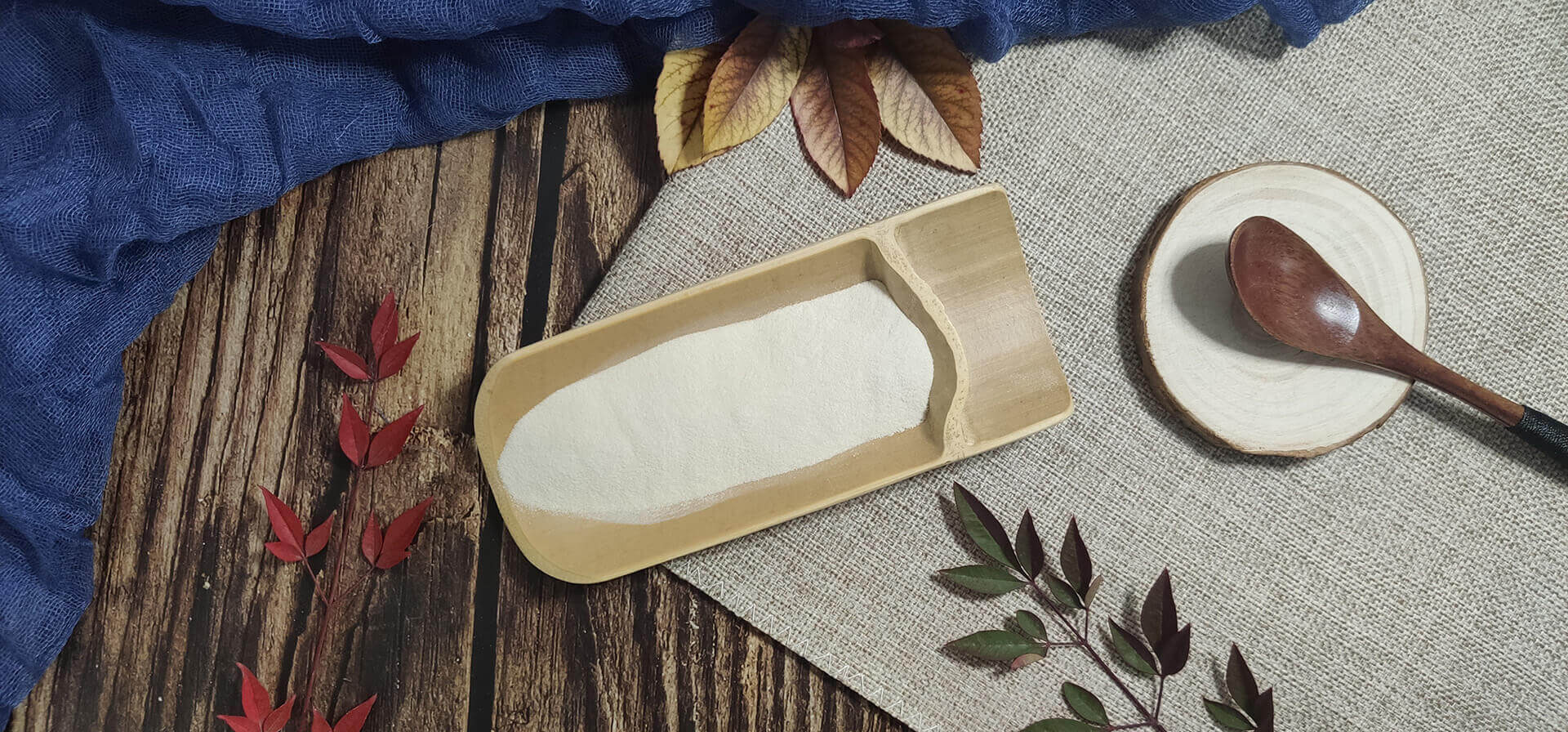
Compared with conventional agar, instant agar can be completely dissolved in 55-60 ℃ in only 5-7 minutes, and the solution has high transparency and is very convenient to use.
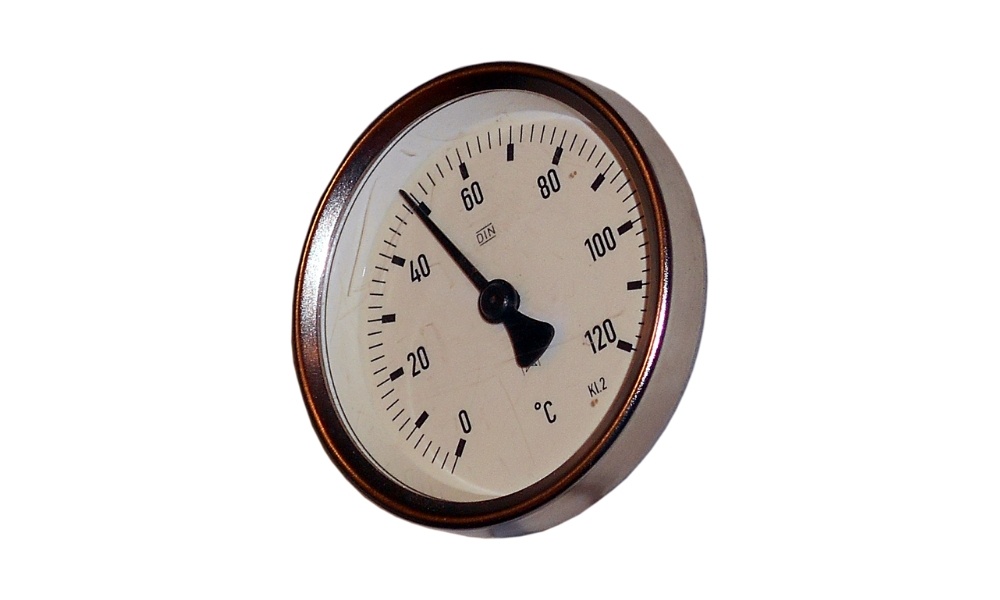
It can be completely dissolved in only 5-7 minutes at a low temperature of 55-60 °C, and is easy to disperse in cold water without clumping.
So it is quite suitable for the production process of cold materials.
Low-temperature instant agar has a certain synergistic effect with sugar, which can improve the gel strength in the presence of sugar.
In addition, when the sugar concentration exceeds 40%, the gel transparency can also be improved.
Even at low concentration and low pH (2.0 - 7.0), the viscosity of low temperature instant agar is basically not affected, so the applicable pH range is wide.
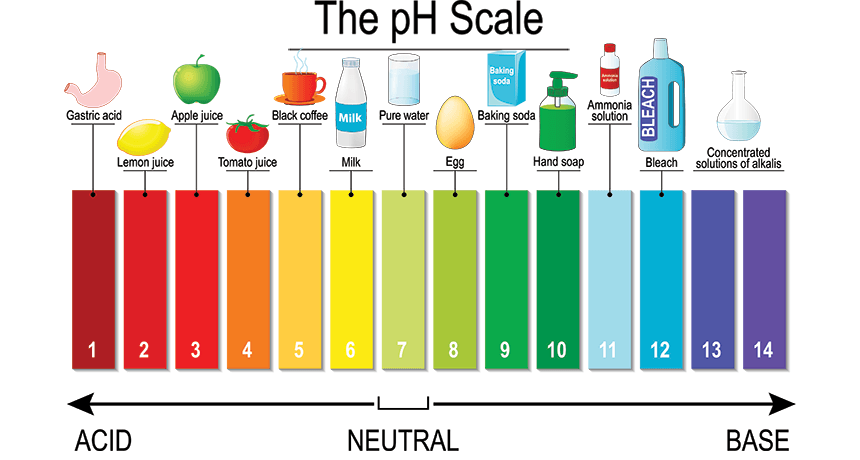
The strength is basically stable in the range of pH 4.0 - 7.0, but when the pH is less than 4, the strength attenuation is more obvious.
However, it is precisely this characteristic that the viscosity decreases rapidly under acidic conditions and high temperatures, and can produce soft jelly and smooth jelly, as well as various puddings and frozen snacks.
(Test method: 1.5% of similar foreign products and low-temperature instant agar are heated at 100 ° C for 5min, pH is adjusted at 80 ° C, and the gel strength is measured after 5h at 20).
When the concentration is above 0.5%, the gel temperature is about 35-40 ° C, and the melting temperature is generally about 82-90 ° C.
The temperature difference between the two is very different, about 50 ° C.
This phenomenon is called "hysteresis".
The factors that affect the freezing point and melting point are mainly the concentration, the addition of salts and sugars.
In addition, the freezing point and melting point of low-temperature instant agar at different concentrations are slightly different.
The relationship between gel strength and concentration is basically proportional, that is,
The higher the concentration,
The greater the gel strength.
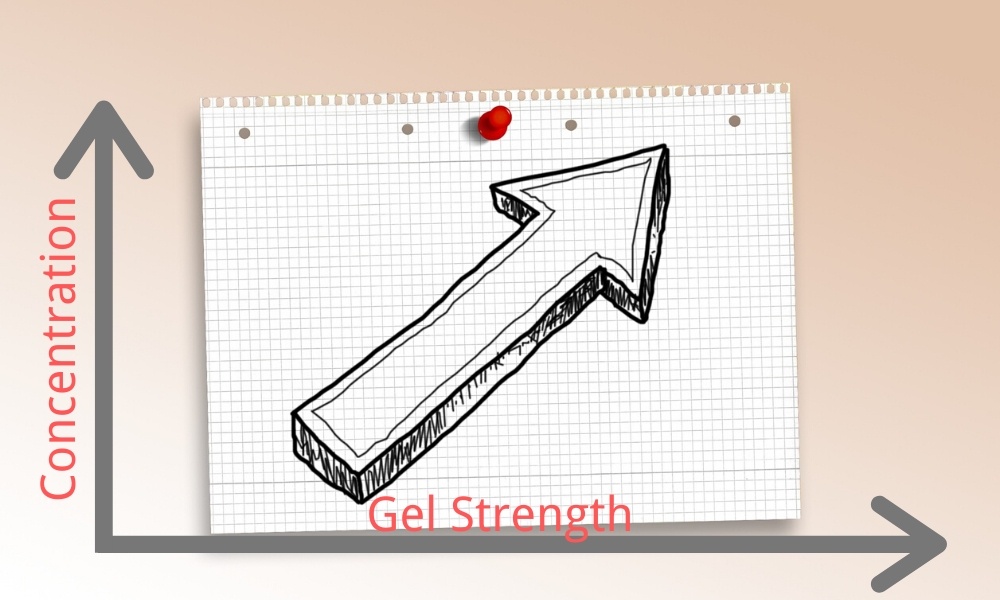
After boiling and heating at 100 ° C for different times, the strength was measured after standing at 20 ° C for 5h.
It was found that the gel strength was basically not affected by the heating time within 1h.
This shows that low temperature instant agar has higher heat resistance than ordinary agar.

